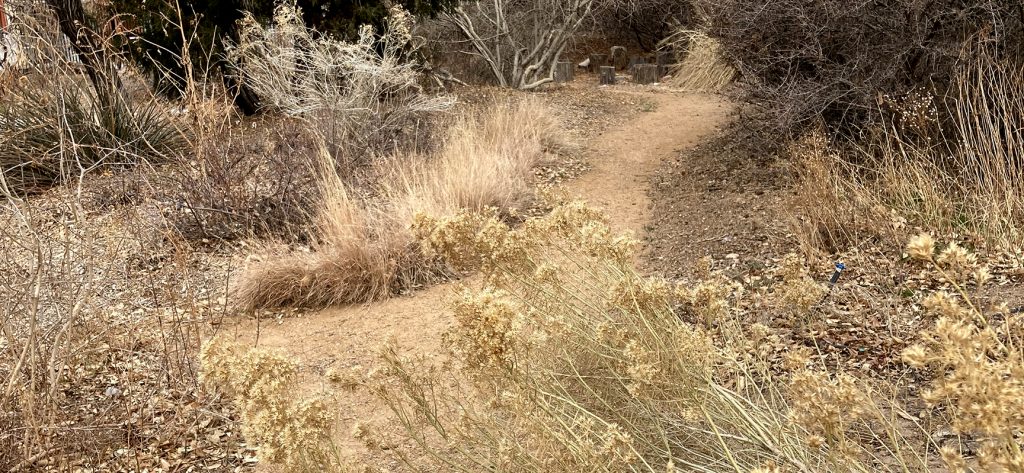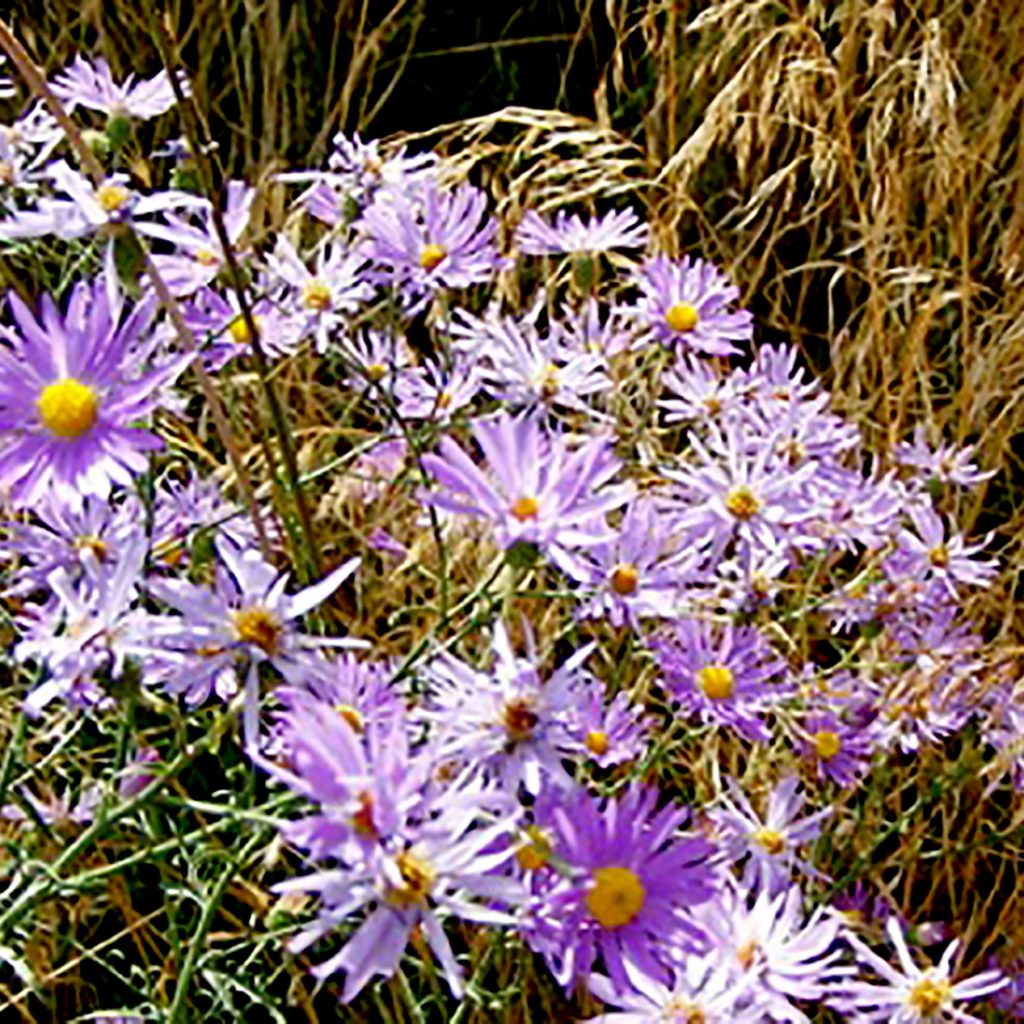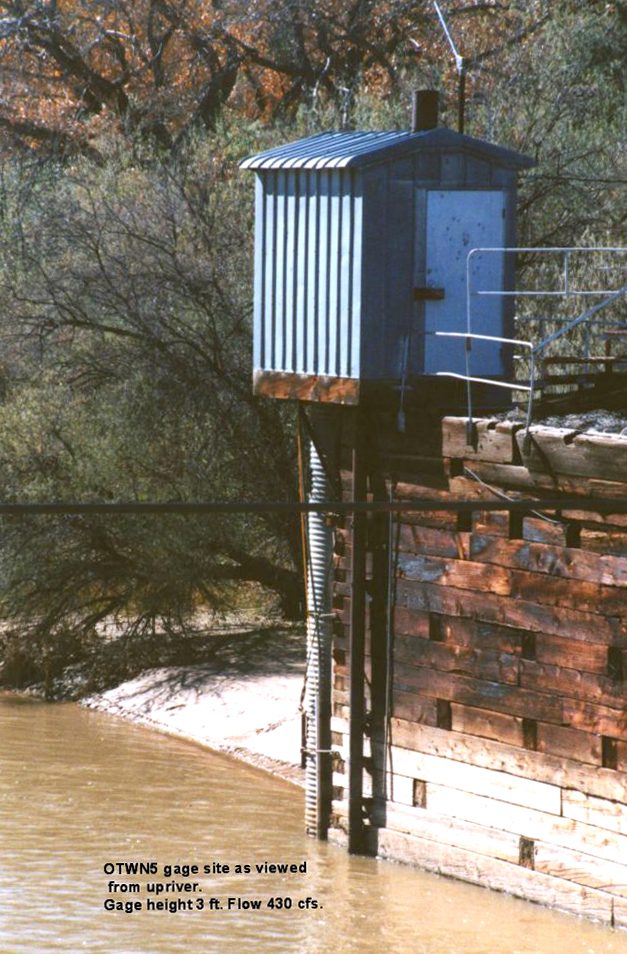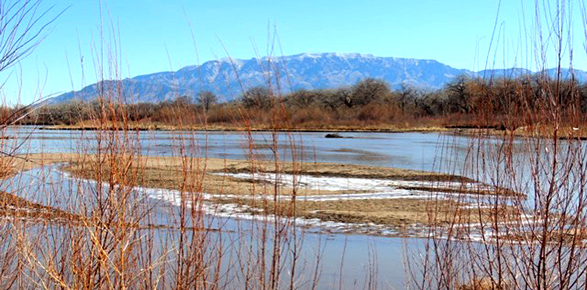Issue 1 – mid Rio Grande Times – March 2021
Collaborators: Sue Brown, Kathy Chilton, Donna Detweiler, Ken Gingerich, Steve Glass, Mike Halverson, Adrienne Jones, Glen Kappy, Shelly Lemon, Deb Scott

Issue 1 – mid Rio Grande Times – March 2021
Collaborators: Sue Brown, Kathy Chilton, Donna Detweiler, Ken Gingerich, Steve Glass, Mike Halverson, Adrienne Jones, Glen Kappy, Shelly Lemon, Deb Scott

It’s nearly Spring! We are looking around and thinking about planting, but what will require little water and tolerate heat in this Chihuahuan Desert?
Think native grasses. Not only will they fulfill the requirement for little water and tolerate sun, but they will sequester much more carbon than exposed dirt, landscape rocks, or wood chips. However, with moisture, they tend to take over so check out their seeding habits.

To add some color, intersperse with Flax, Desert Marigold, Desert Zinnia, varieties of Penstemon, Purple Prairie Clover and Desert Four O’clocks. The latter two will bloom all summer.
Some of the following native shrubs and trees are eligible for rebates from the City of Albuquerque.
Continue readingOtowi is a word in the Tewa language meaning ‘place of noisy water. This place is on the ancesteral land of the San Ildefonso people. In 1889, the U.S. Geologic Survey choose Otowi as the location of its first national stream gauge with the purpose of determining if adequate water was available in the New Mexico Territory for irrigation purposes and if the government should encourage new development and westward expansion. They decided to go ahead with expansion, and the Otowi Bridge gauge near where the Rio Chama flows into the Rio Grande remains a major measure for water law. Sixty percent of the water passing the Otowi gauge has to be delivered to Elephant Butte, which by compact, is considered the delivery point of water to fulfill New Mexico’s obligation to Texas.

But what is a compact? Every time water crosses a state line, a compact, similar to a treaty, is written and ratified by congress. New Mexico is part of eight different compacts. In 1938, the state legislatures of Colorado, New Mexico, and Texas signed off on our largest compact known as the Rio Grande Compact. The purpose was to “equitably proportion water in the Rio Grande basin and to remove causes for present and future controversies.”
The U.S. Geologic Survey placed index markers (gauges) at intervals along the river so they could monitor the flow of water downstream. New Mexico is to deliver 12 billion gallons of water to Texas each year but we have struggled to do so. The trend over the past 10 years shows us falling behind. Currently we are about 100,000 acre feet in arrears. (One acre foot is 326,000 gallons of water.) When the debt reaches 200,000 acre feet we will violate both state and Federal laws. In other words, there are consequences.
Continue reading
In 2002, the New Mexico Environment Department labeled the mid Rio Grande as an impaired river, i.e., the water quality did not meet the designated standards for a river. The major pollutants were identified as E.coli bacteria, oxygen depleting substances, polychlorinated bio-phenols (PCBs), and gross alpha radiation.
Federal and state agencies, county and local municipalities, and tribes began meeting. They developed the Watershed Restoration Action Strategy (WRAS) with two action strategies, one for Tijeras Creek in 2004 and one for the Albuquerque portion of the river in 2006. They have been working on these ever since as funds became available. There is also ongoing monitoring of the pollutants in ten-year cycles.
Fecal contamination occurs when the number of E.coli bacteria (used as the marker for all microbial contamination) passes a certain level. Along the Rio Grande, sources of this contamination include leaking septic tanks, farm animals, birds and an impressive 20% from dog poop.
Oxygen depleting substances disturb the needed balance in water to support life for microbes, fish, and plants. When too many nutrients such as nitrogen and phosphorus from our fertilizers get into the river, microbes increase, using up the oxygen in the water. When this happens it causes dead zones in which fish and other aquatic fauna and flora die.
PCBs were banned in the US in 1979, but these chemicals linger in high concentrations in water and sediments and continue to be highly toxic for humans, causing birth defects and neurologic diseases. Along the Rio Grande, PCB contamination is thought to have come from the industries manufacturing electrical components and oils.
Gross Alpha Radiation refers to large particles which are emitted from the decay of Uranium and Radium, most occurring naturally from soil and rocks. They do not travel far, but when they enter animal or human human bodies, they do damage.
So, what has happened since our river was labelled impaired?
Continue reading